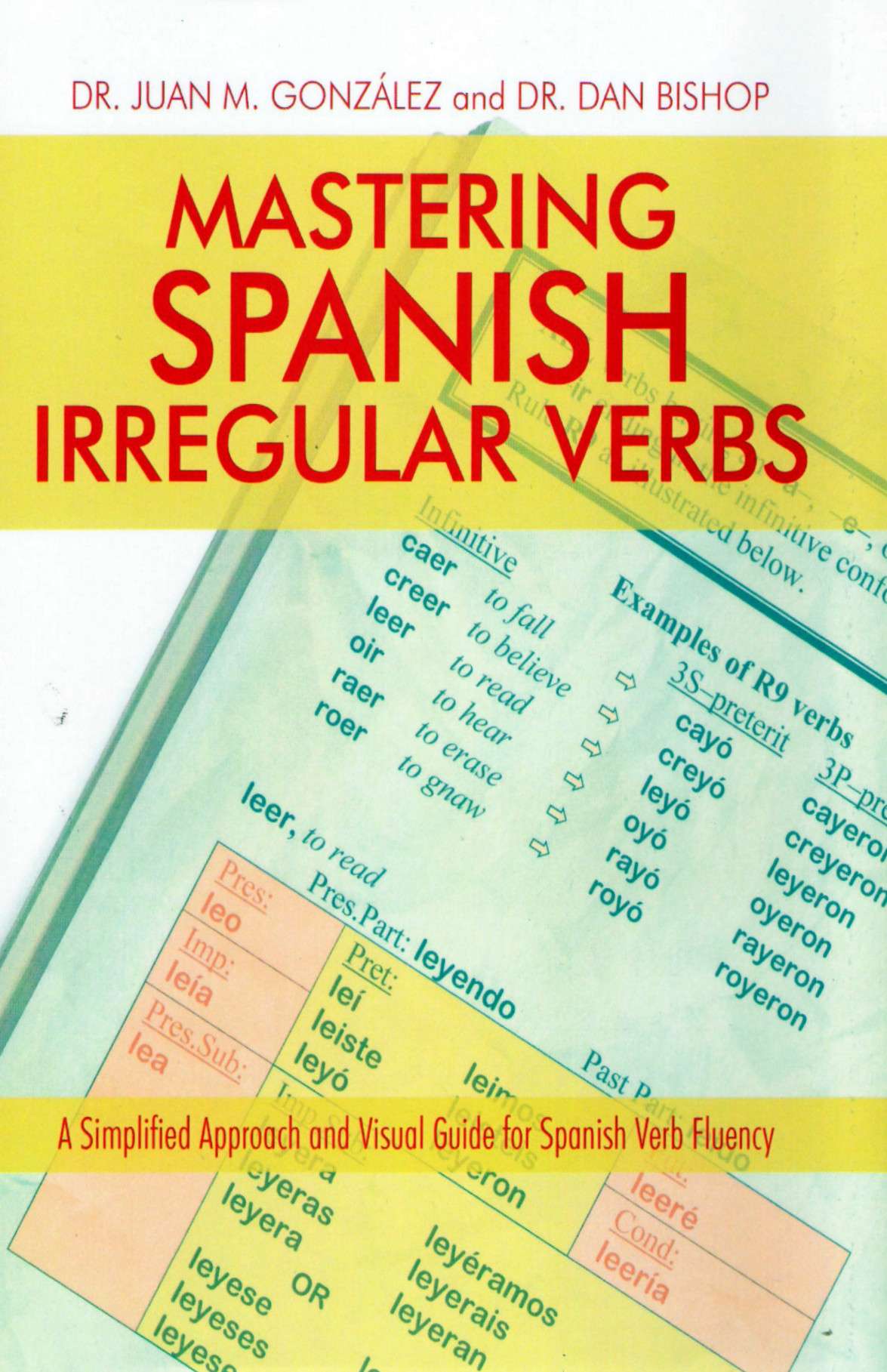Learning Spanish irregular verbs? Read ahead for the basic rules used to memorize Spanish irregular verbs…
Non-native Spanish speakers often get confused by the Spanish irregular verbs. However if you follow the simple rules designed to specially assist non-native Spanish speakers it is very easy to memorize the most commonly used irregular Spanish verbs.
Once you’ve learned the irregular Spanish verbs you can easily understand their conjugations with each of the subject pronouns. The irregular Spanish verbs fall into two basic categories which include the present tense as well as the past tense.
Definition of a Spanish Irregular Verb
A Spanish irregular verb can be defined as a verb which is not required to follow the standard rules of conjugation pertaining to the different tenses applicable to the verb.
For example the verb ‘to want’ is a basic English verb in which the present tense is the word ‘want’ and the past tense is the word ‘wanted’. However, an example of an irregular English verb is the phrase ‘to be’. This is an irregular English verb because it does not use the past tense as the word ‘beed’ but instead will utilize the word ‘was’ to form its past tense.
Similarly in Spanish the regular verbs are subject to the same rules of conjugation applicable to all of the 14 Spanish verb tenses. In Spanish language there are approximately 20 Spanish irregular verbs. It is important to note that just like the English language the Spanish language also has the most frequently used and important words appearing in an irregular form.
This is why it is important to know the context and understand how they are conjugated. This becomes essential with the most common verb tenses which are the simple present tense and the simple past tense for example in English the phrase ‘I go’ in a simple present tense would be converted into its simple past tense with the phrase ‘I went’.
In fact the Spanish irregular verbs are so important to learning the Spanish language that once you memorize these, your further study of the Spanish language will be much easier to comprehend and use.
Spanish to English Subject Pronouns
When you’re reading the Spanish to English subject pronouns the most common ones utilized are you – I él, ella -he, she tu – you {informal}, nosotros or nostras – we {male or female}, usted – you {formal} ellos, ellas -they {male or female}
Relevant Rules of Spanish Grammar
You must remember when learning Spanish that the subject pronoun is very frequently eliminated. This is because the verb end is generally combined with the linguistic context and identifies the implied subject pronoun.
Online Resources for Memorizing Spanish Irregular Verbs
There are many online resources which use tables for you to learn the Spanish reflexive verbs. These tables are designed so that there are a few empty cells which contain conjugated Spanish verbs. These can be exposed if you click on them. This allows you to learn them online by using the table like a flash card that can be hidden or exposed.





